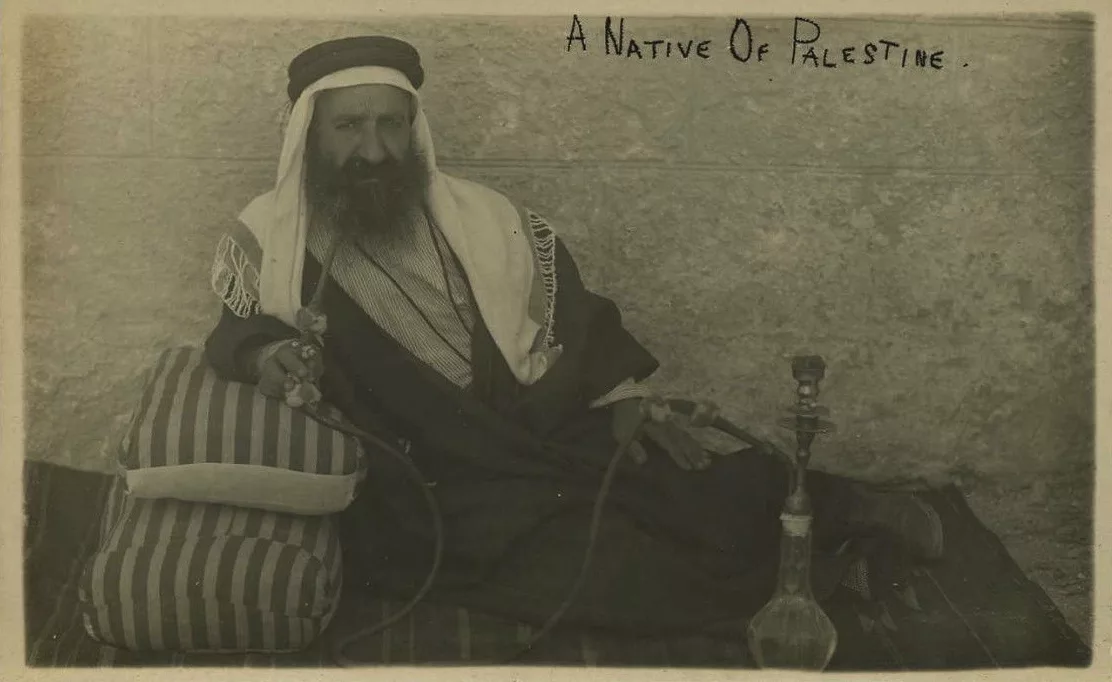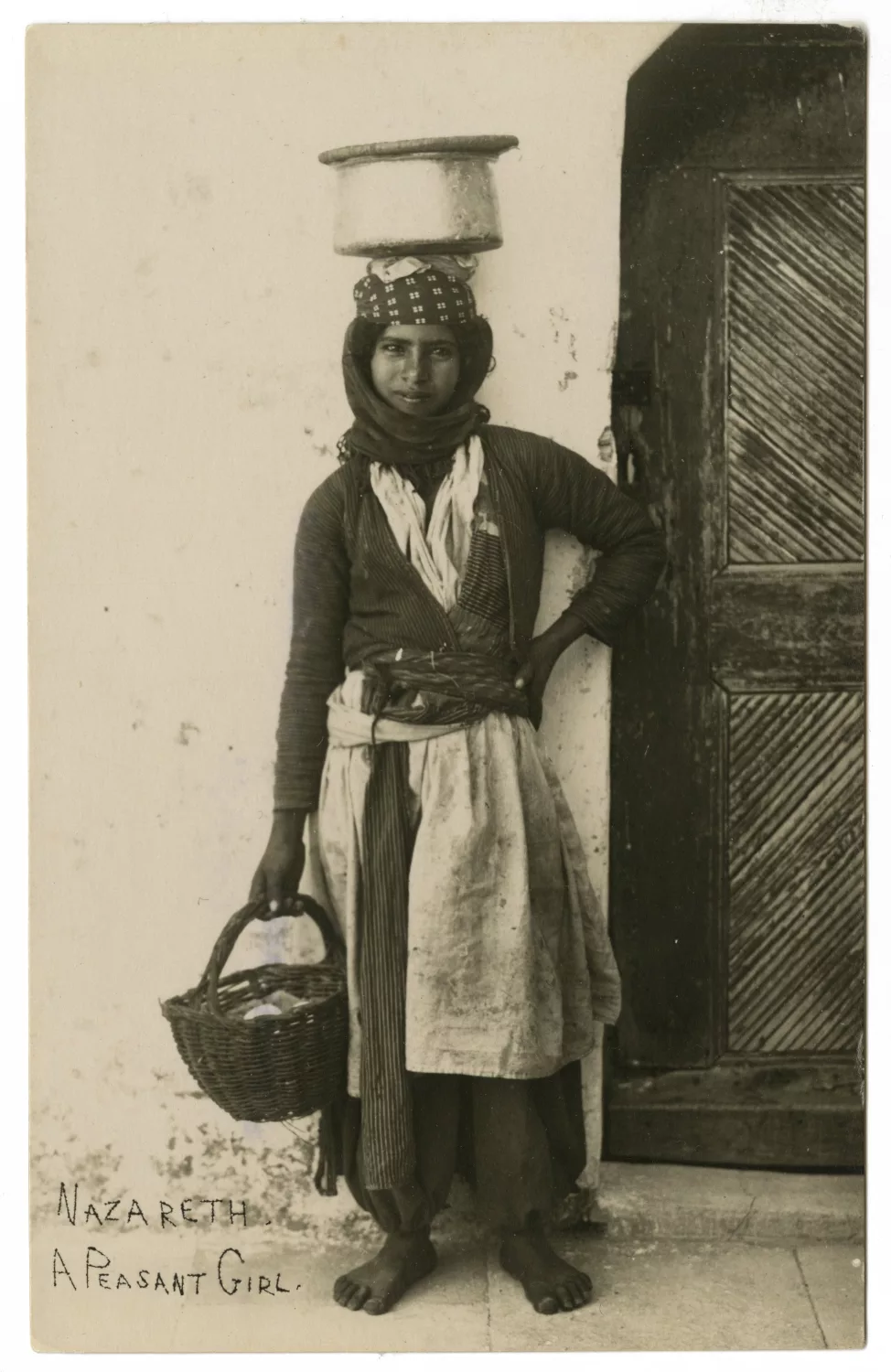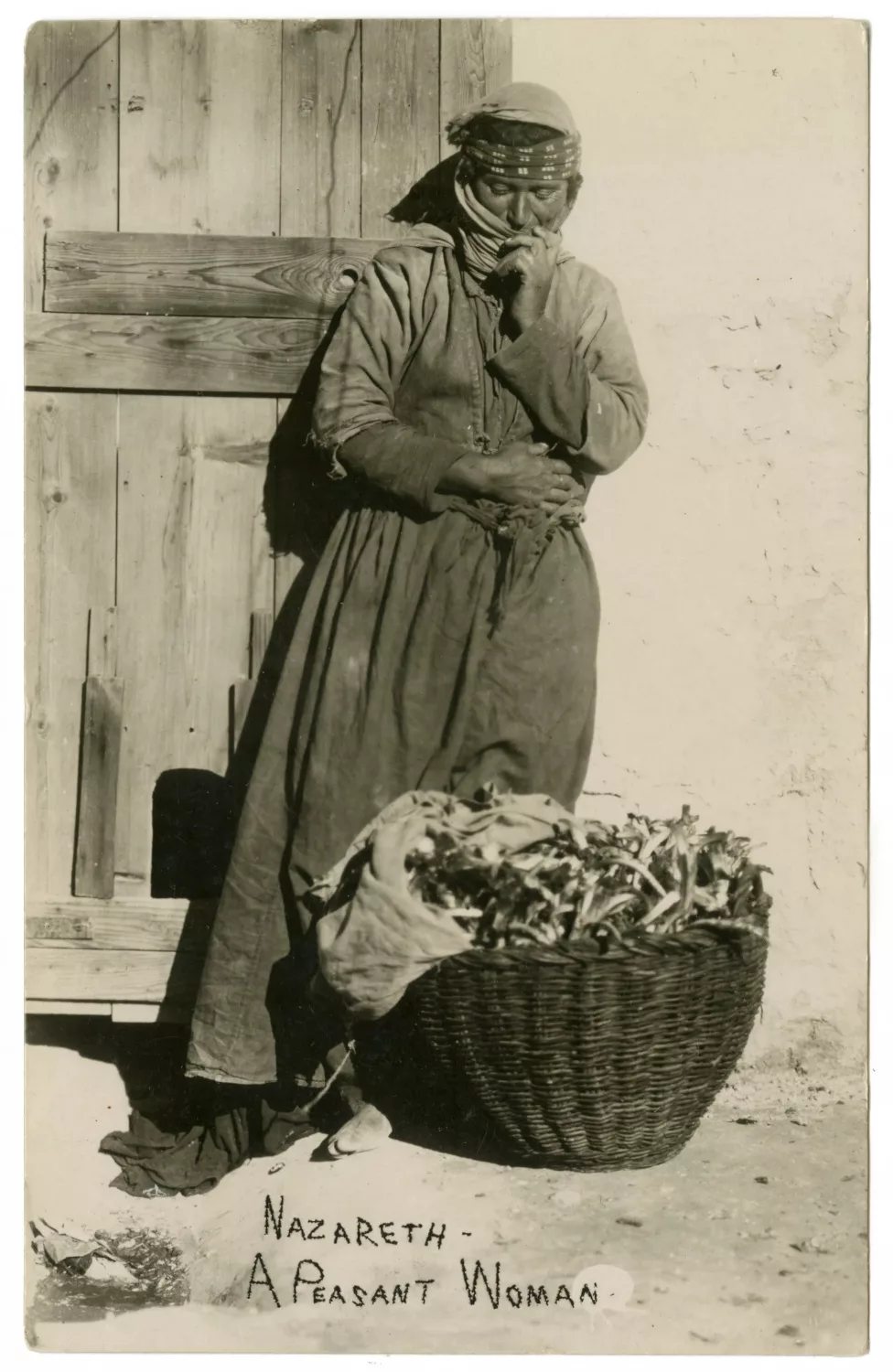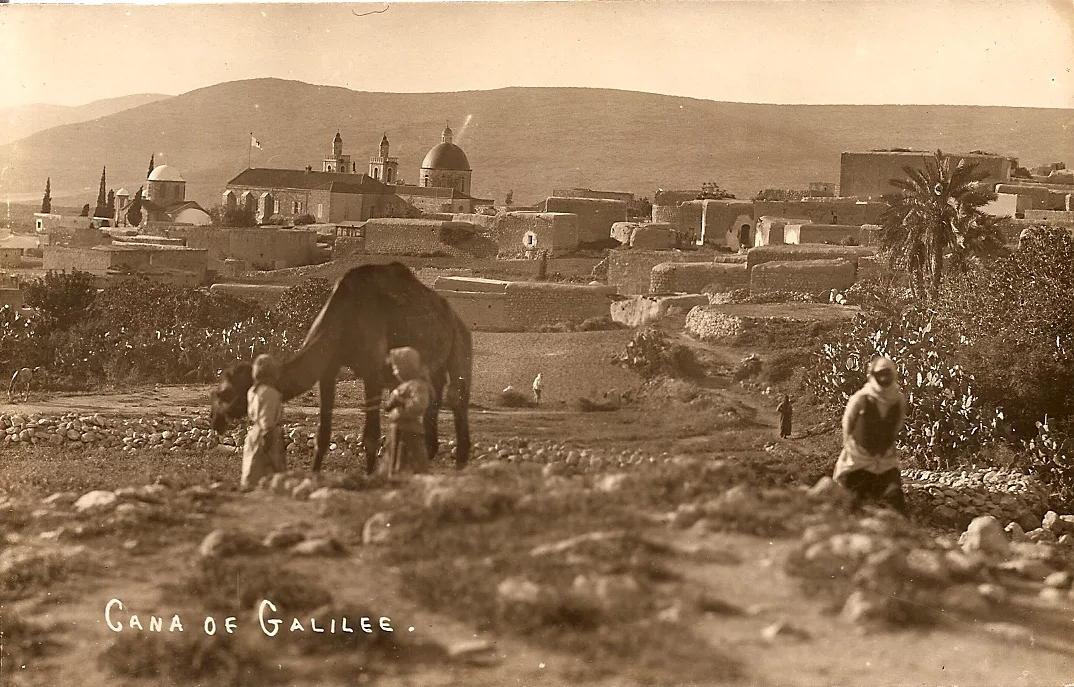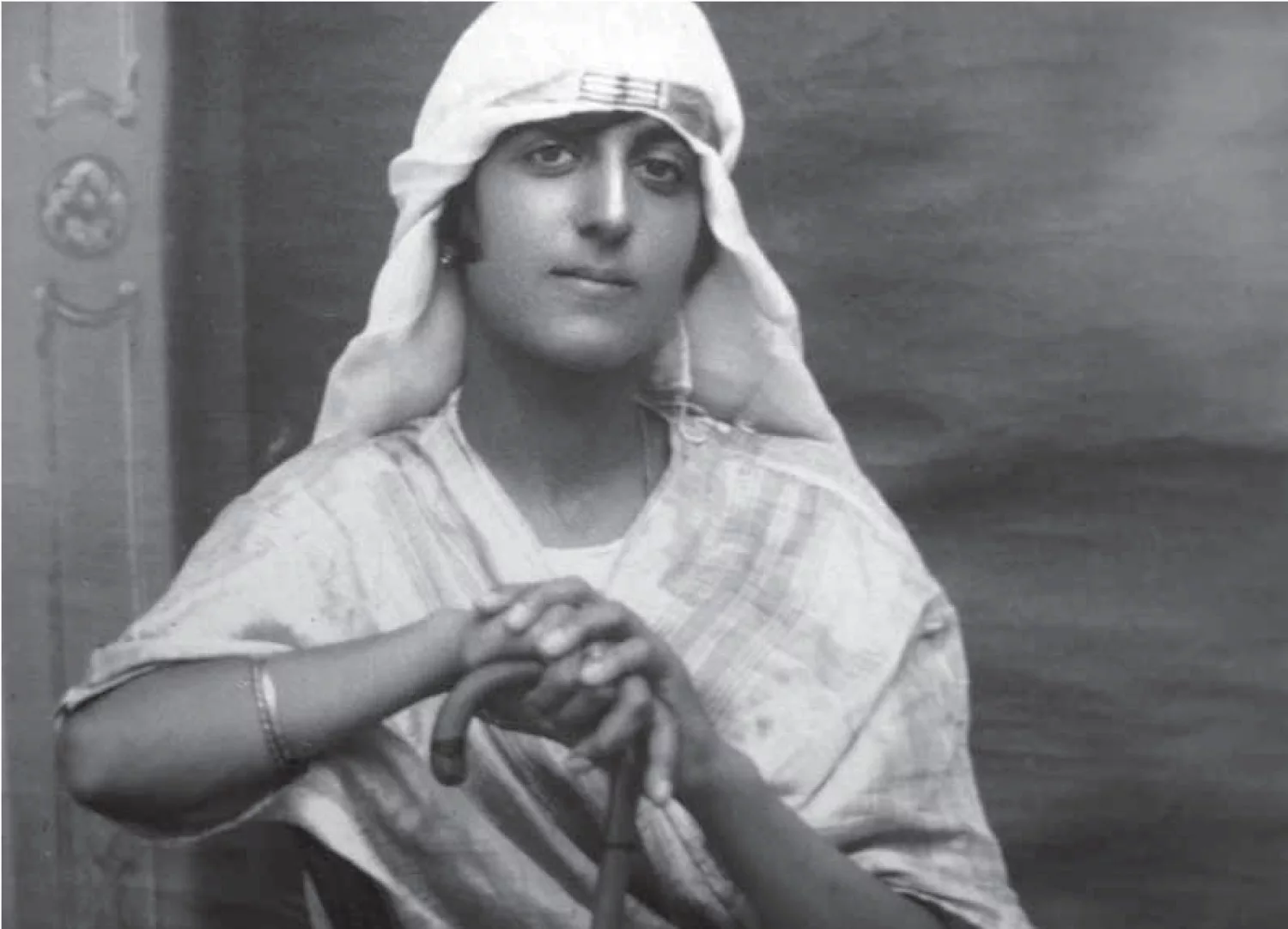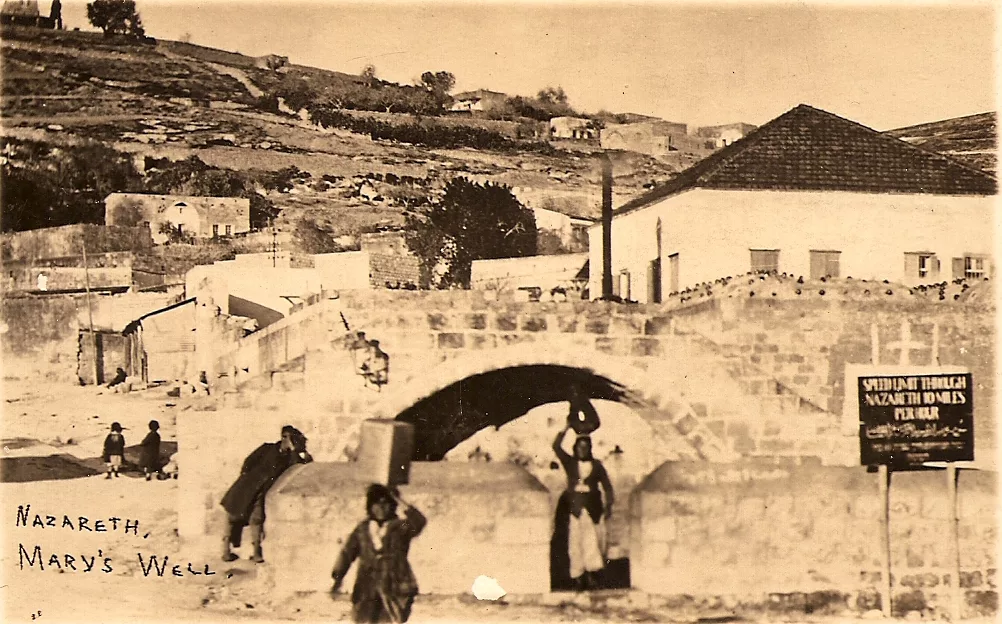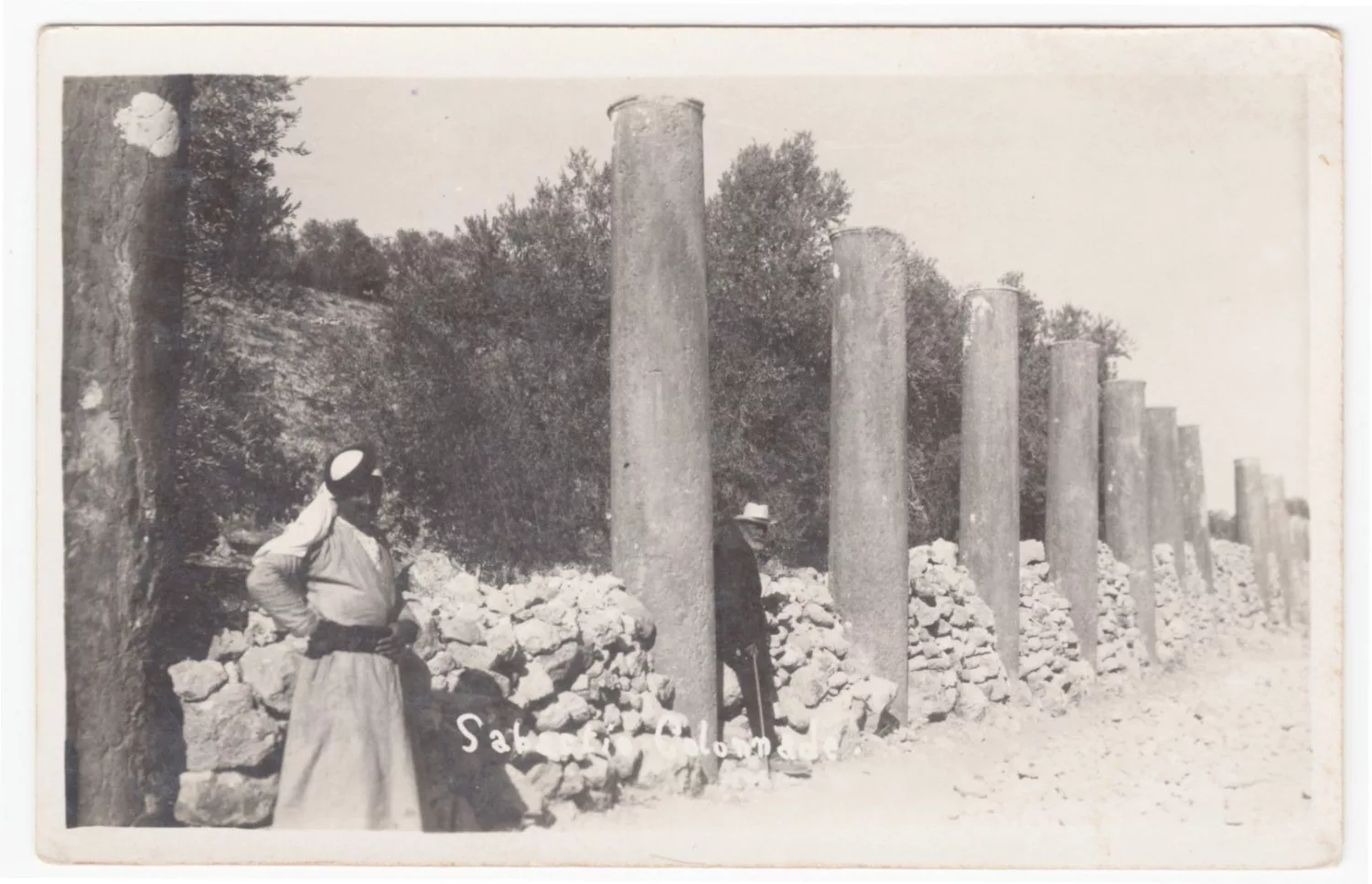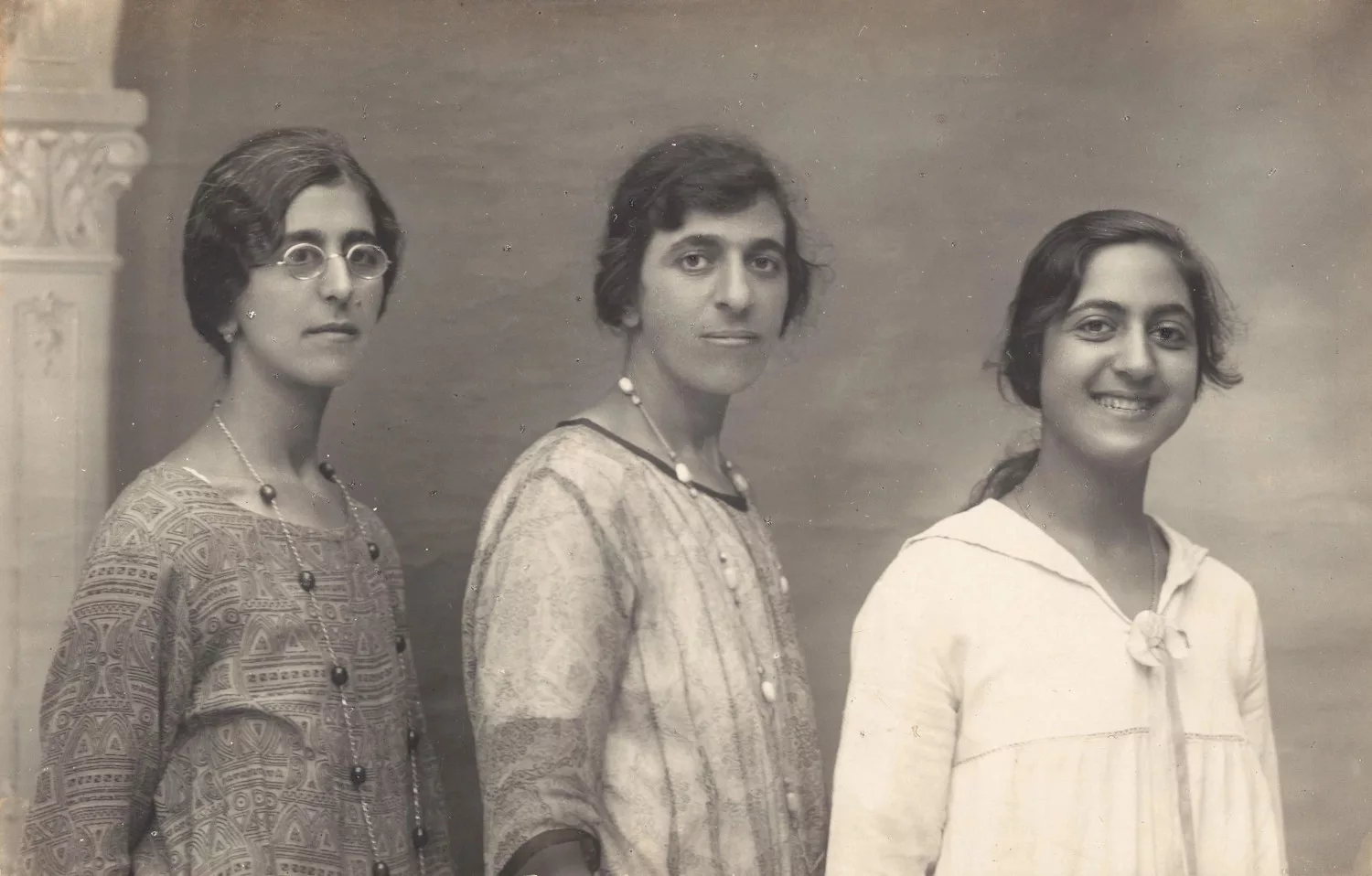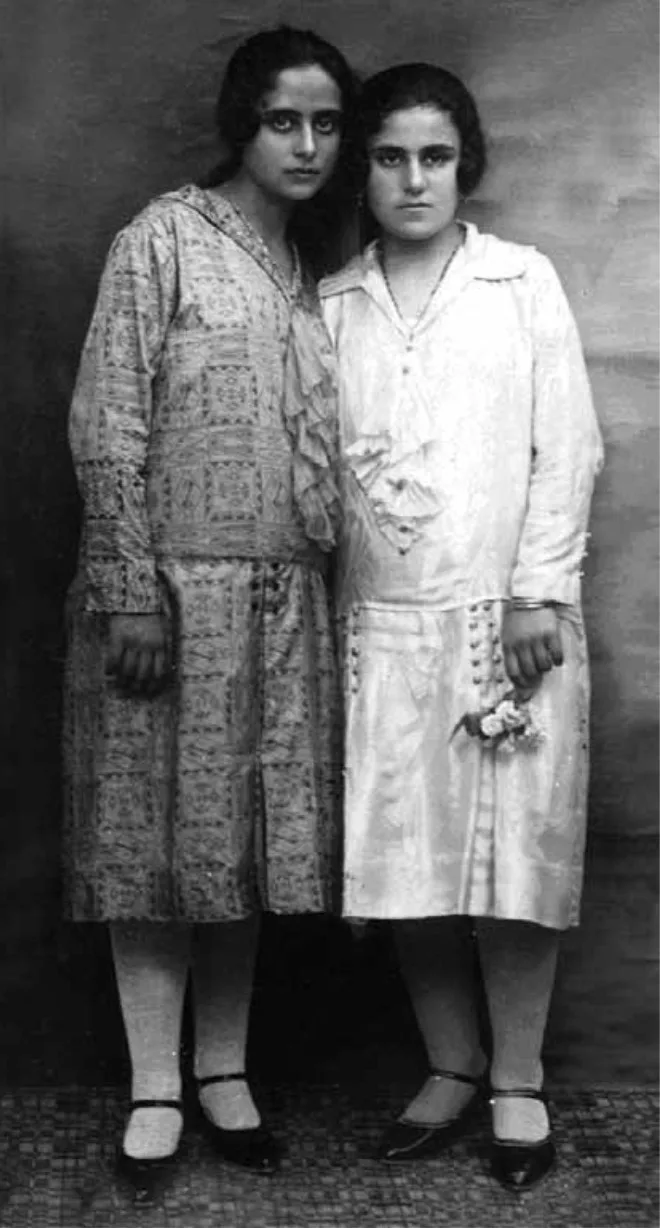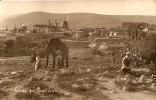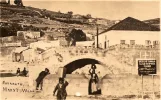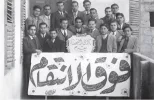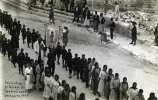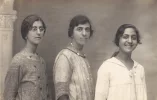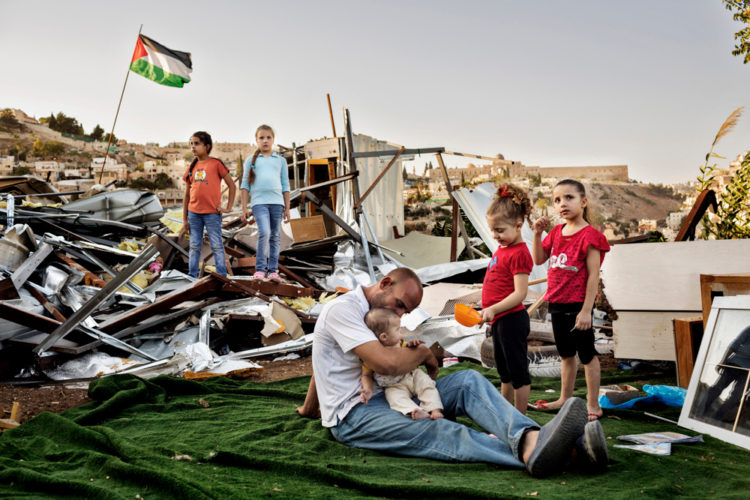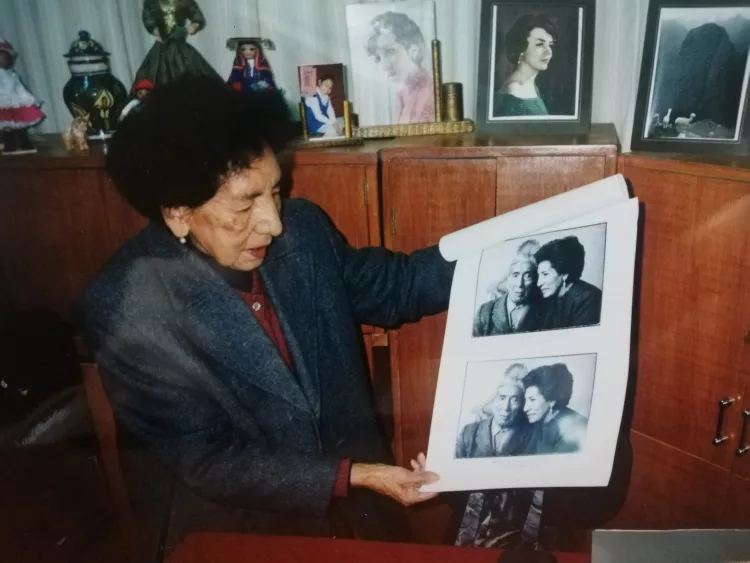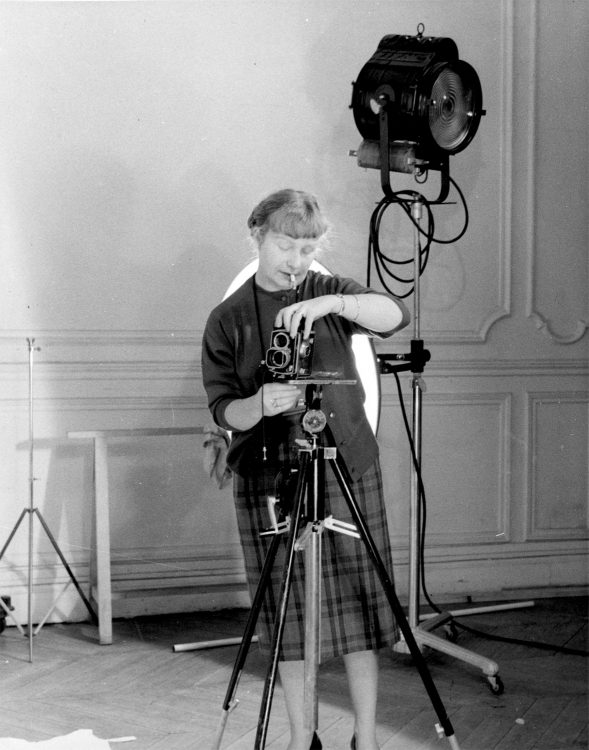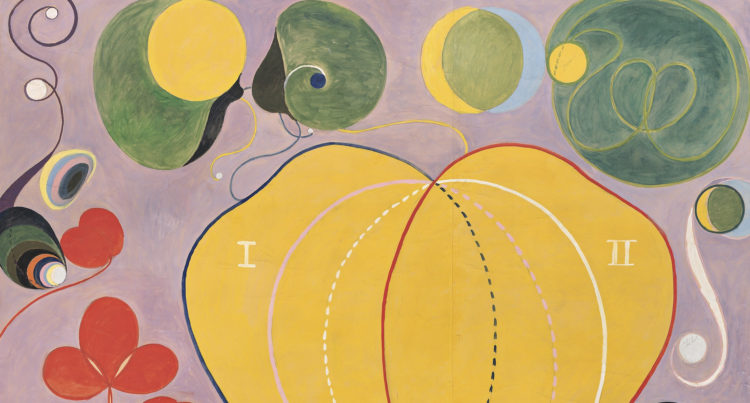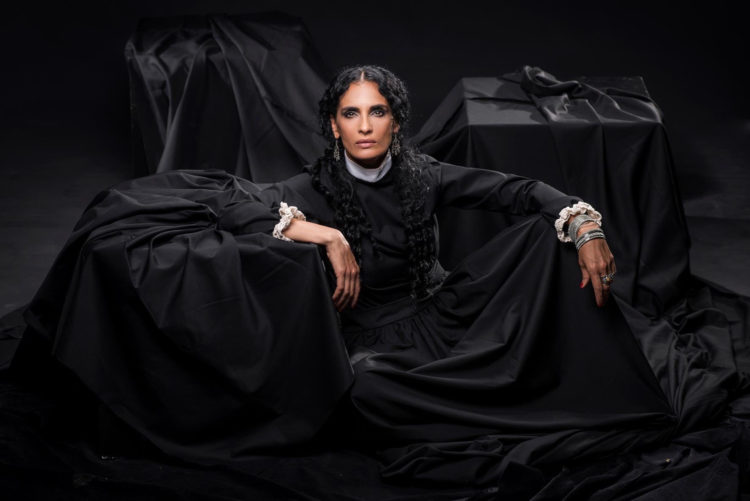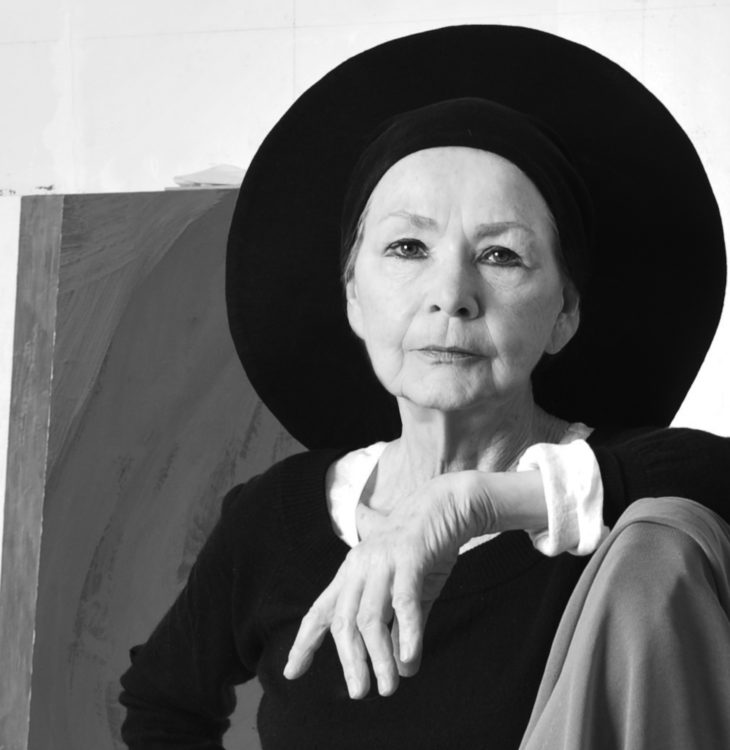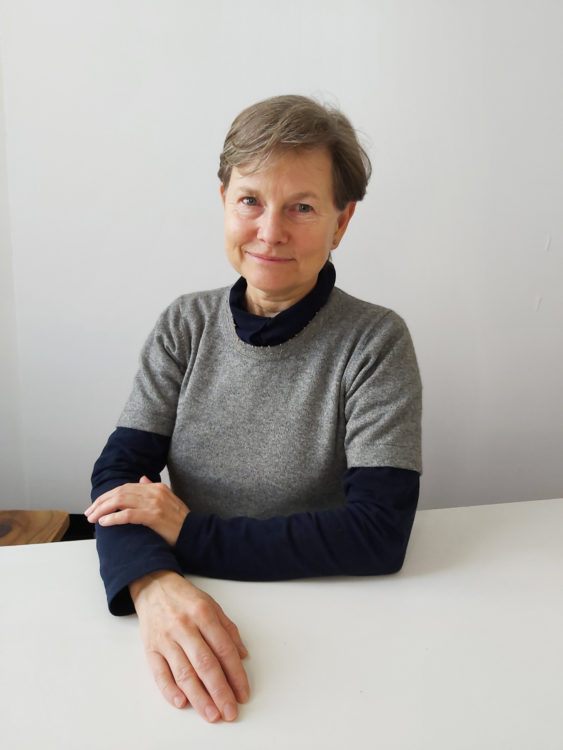Karimeh Abbud
Raheb, Mitri, “Karimeh Abbud Entrepreneurship and Early Training,” Jerusalem Quarterly, no. 88, Winter, 2021, p. 55-64
→Nassar, Issam, “Early Local Photography in Palestine: The Legacy of Karimeh Abbud,” Jerusalem Quarterly, no. 46, Summer, 2011, p. 23-31
→Mrowat, Ahmad, “Karimeh Abbud: Early Woman Photographer (1896-1955),” Jerusalem Quarterly, no. 31, Summer, 2007, p. 72-78
Karimeh Abbud: Sacred Souvenirs, MUZA – Eretz Israel Museum, Tel Aviv, 13 December, 2024–11 April, 2025
→Beirut Image Festival Celebrates Arab Photography Pioneer Karima Abboud, Beirut Image Festival, Beirut, 5 September–5 October 2019
→
The First Arab Woman Photographer (Palestine 1893–1940), Darat al Funun, Amman, 9 May, 2017–11 January, 2018
Palestinian photographer.
Karimeh Abbud stands as a pioneering figure in the realm of photography, particularly in Palestine and the Arab world. K. Abbud broke into the male-dominated sphere of photography, earning global recognition for her contributions. She not only elevated photography to an art form but also challenged societal norms and traditional gender roles, becoming a symbol of women’s freedom and empowerment. Born into a scholarly family, K. Abbud was exposed to diverse cultural and religious influences from a young age. Her grandfather, Salim Abbud, was a prominent pharmacist, and her father, Reverend Asaad Abbud, was a well-known Protestant minister who served in various Palestinian cities. This background provided her with an early exposure to Palestine’s diverse landscape, which deeply influenced her work.
K. Abbud received her first camera in 1913 as a birthday gift and quickly developed a passion for photography. She initially captured images of her family, friends and the local landscape. Educated at the Schmidt Girls School in Jerusalem and later at the American University of Beirut, where she earned a degree in Arabic literature, K. Abbud was well-prepared to navigate the complexities of her time. She had two sisters, both of whom were well-educated and financially independent. The three sisters were fluent in Arabic, English and German and were skilled musicians, particularly when it came to the piano. K. Abbud taught at the Schneller Syrian Orphanage in Jerusalem, while one of her sisters worked at the German-run Protestant school in Bethlehem.
In the early 1920s, the photographer established her first home-based photography studio, offering a more private and comfortable setting for women to have their portraits taken. She specialised in family portraits but also photographed weddings, historical landmarks and various other scenes. She signed her photographs with the distinctive inscription: “Karimeh Abbud, Lady Photographer”. By the early 1930s, she had become a professional photographer, gaining prominence in Nazareth and offering specialised services such as hand-painted portraits. She opened studios across Palestine, including in Bethlehem, Jerusalem, Nazareth and Haifa, and became highly sought-after for her sensitive and unique approach to portrait photography. Her work documented public spaces and significant archaeological sites, providing a valuable historical record of Palestinian life before the Nakba.
K. Abbud’s life intersected with significant socio-political changes, including colonialism, Orientalism, nationalism, Zionism, feminism and Protestantism. These experiences shaped her worldview and influenced her work. Her photographs, which captured contemporary Palestinian cities, religious and historical sites and well-to-do, educated Palestinian families, provided a counter-narrative to Zionist propaganda and Orientalist imagery.
K. Abbud’s legacy extends beyond her photographs. Her life and work offer valuable insights into the urban, educated, middle-class Palestinian Christian community during the British Mandate period. She is celebrated not only as a pioneering female photographer but also as a symbol of resistance against traditional gender roles and colonial stereotypes.
A notice produced as part of the TEAM international academic network: Teaching, E-learning, Agency and Mentoring
© Archives of Women Artists, Research and Exhibitions, 2025


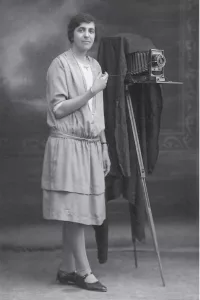
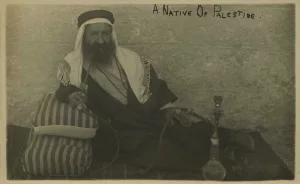 Mary Pelletier: Miss Karimeh Abbud, Photographer, Nazareth: An Advertised Identity, Then and Now by Fast Forward: Women in Photography, 2024
Mary Pelletier: Miss Karimeh Abbud, Photographer, Nazareth: An Advertised Identity, Then and Now by Fast Forward: Women in Photography, 2024 
